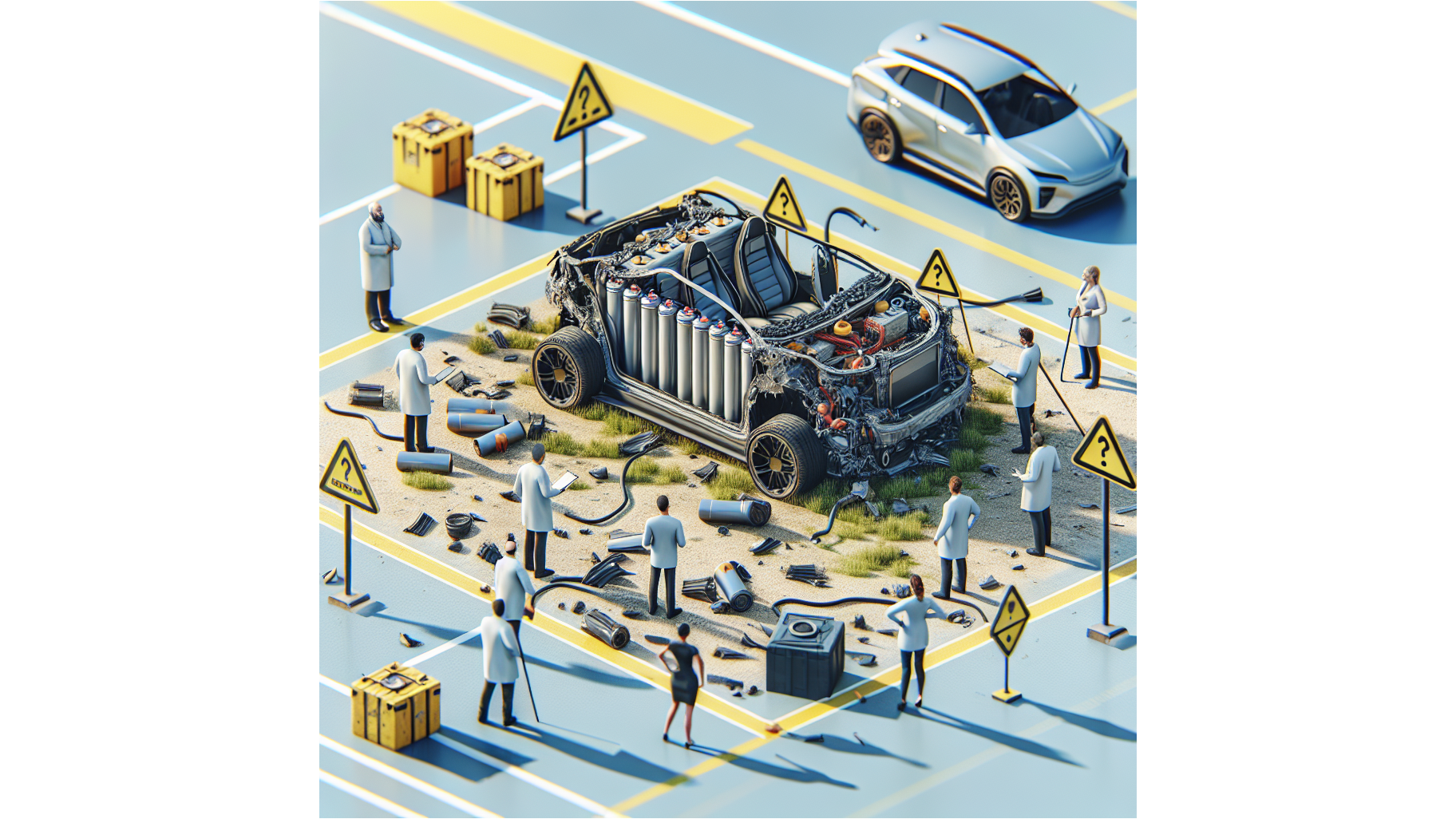Electric vehicles (EVs) may seem like the perfect storm-proof options with their enclosed design and advanced technology, but what happens when Mother Nature literally strikes? Ev Accident Pro has the answers in its guide!

Research has proven that ICE cars are unlikely to be heavily impacted by lightning strikes, but what could be the consequences if your car is powered by 400 volts of electricity?
Check out Ev Accident Pro's latest guide at https://evaccidentpro.com to find out!
In the article, titled "Electric Car Lightning Strike Safety: Risks, Impacts & Prevention Guide," the expert explains that while electric vehicles are designed to withstand lightning, this natural phenomenon can still cause significant harm should it hit your car directly, especially if your vehicle is connected to the electrical grid during charging. Still, you can take precautions to prevent that from happening!
As Ev Accident Pro explains, lightning strikes on automobiles are usually rare, as the most common targets are tall objects, with buildings and other structures being at higher risk of being struck. Cars, including EVs, have some built-in protection, with their metallic structure redirecting the electric energy of a lightning strike around the vehicle's exterior and into the ground.
However, despite its efficiency, the design is not entirely foolproof: a lightning strike can still be dangerous if it's direct and forceful, causing fried electrical systems, battery malfunction, and even fire. As such, Ev Accident Pro recommends you follow several steps to ensure your EV's safety:
"These precautions will lower your chances of getting hurt if lightning strikes your car," the guide says. "Keep in mind that while you’re inside the car, you’re shielded by the vehicle’s frame, which works as a Faraday cage."
After the thunderstorm has ended (and after ensuring that everyone in the car is safe), Ev Accident Pro advises you to carefully examine your car for any visible signs of damage, such as scorching or melted components. Should you suspect that your vehicle has been hit by lightning, you should refrain from touching any electrical component and contact a professional for an inspection of hidden damages to confirm its drivability.
"Additionally, keep an eye out for any odd electrical activity or warning lights on your dashboard. These could be signs that your electric vehicle’s electrical system has been damaged. In these situations, the safest thing to do is to have a professional inspect and fix your car," the guide adds.
Read the full guide at https://evaccidentpro.com/electric-car-lightning-strike-safety-risks-impacts-prevention-guide/
